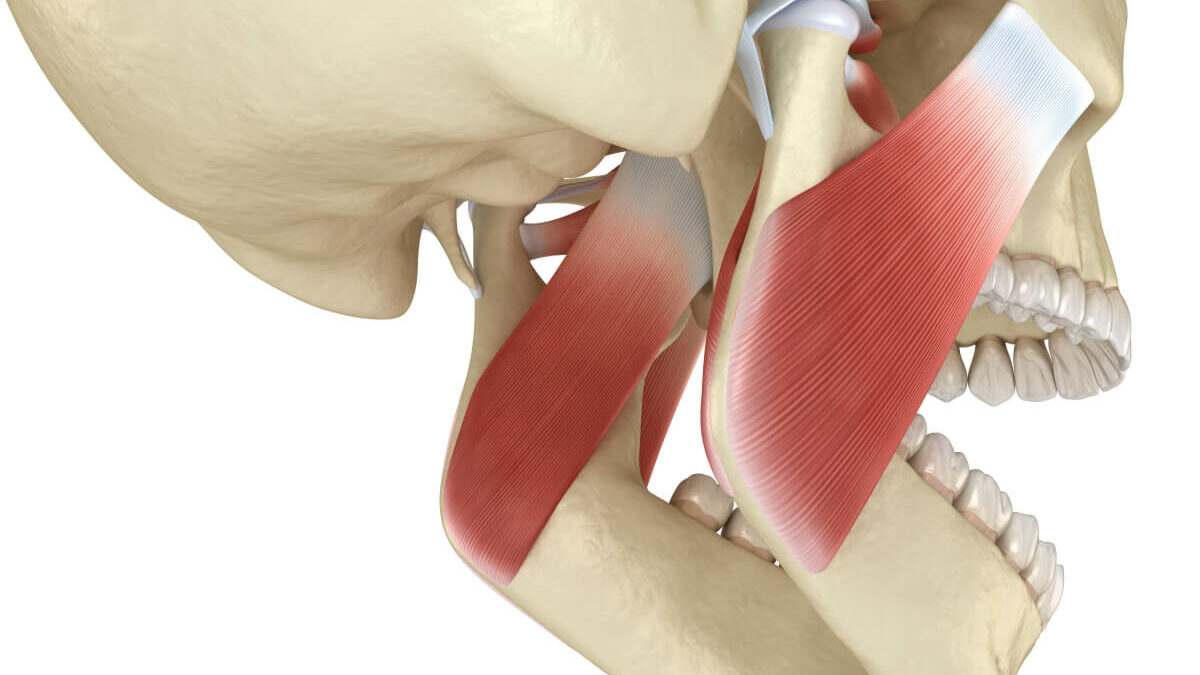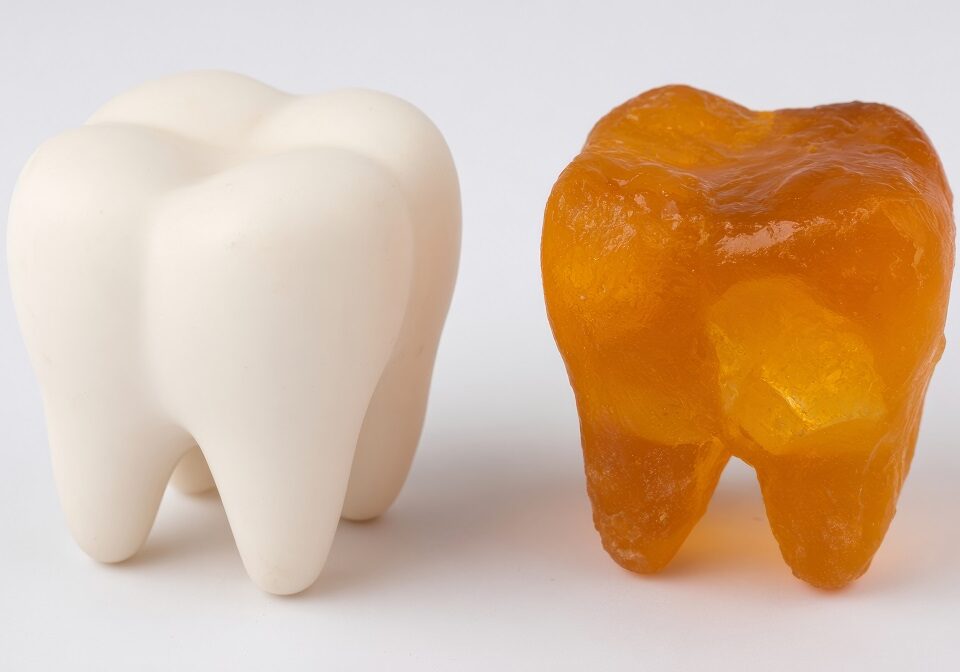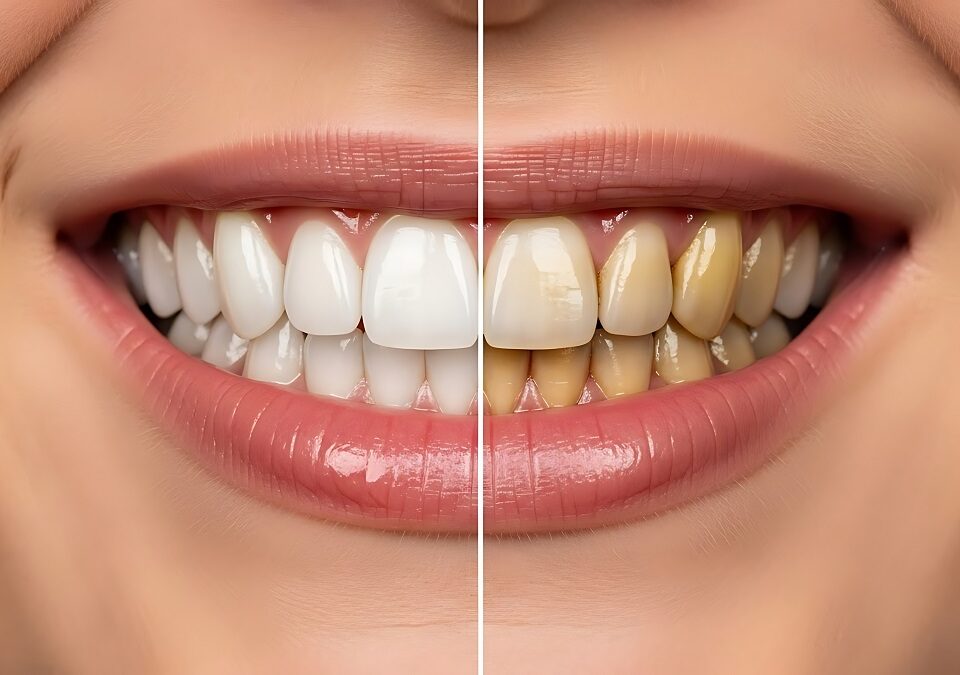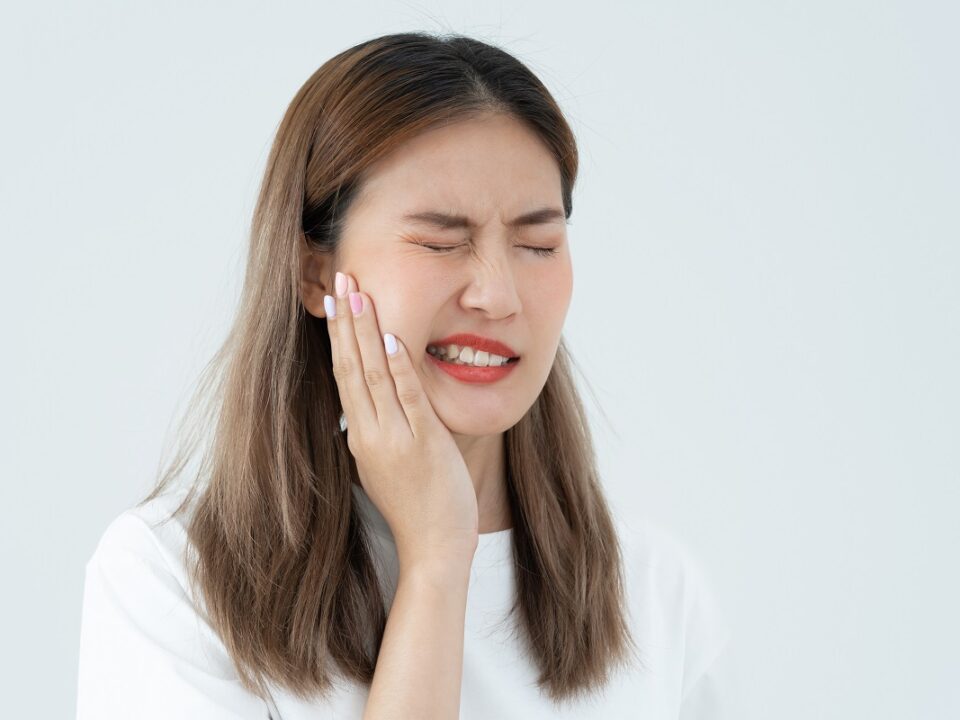
How long does it take to recover from dental implants: a guide
May 25, 2022
Mouth-Body Connection
September 23, 2022How to cure TMJ permanently?
What is TMJ?
The temporomandibular joint (TMJ), the joint connecting the jawbone to your skull, is located in front of your ears. Once this joint is damaged, it can lead to Temporomandibular Joint (TMJ) Syndrome or Temporomandibular Disorder (TMD). TMJ disorder can cause significant discomfort at your jaw joint and the jaw movement muscles.
People suffering from TMJ Disorder often also suffer from severe teeth grinding, acute jaw pain, sometimes ringing in ears, and blurry vision. This problem affects your senses and makes it very difficult to live a healthy life. To understand TMJ and what treatment you’ll need, it helps to know what symptoms to look for.
Symptoms and causes of TMJ.
TMJ patients report that their symptoms generally worsen during periods of prolonged or unexpected stress, and that intense outbreaks of the condition can lead to neck pain and dizziness.
Sometimes the jaw joint can become damaged due to trauma such as a blow to the jaw. This can lead to a pop or click that can result in pain in the joint and spasming of the muscles. But there are other causes of TMJ.
- One cause of TMJ is the misalignment of the teeth, often called “bad bite.” In those cases, the realignment/adjustment can help stop the pounding headaches, the jaw pain, and the dizziness.
- Another cause of TMJ can be sleep apnea. When the airway is constricted, clenching the teeth and shifting the jaw forward can help open the airway to allow for better breathing. Unfortunately, this clenching and shifting can damage the teeth.
- Grinding or clenching of teeth is one of the most common causes of TMJ.
There are some symptoms of TMJ disorder that are unmistakable.
- Headaches: they may come and go, or they may be chronic as the disorder progresses and worsens over time. These headaches usually feel as if they’re originating behind the eyes and because of this, they’re often misdiagnosed as migraines (more information about TMJ Headache).
- Earaches: the temporomandibular joint is located just above the ear, so when it becomes inflamed, it can cause earaches.
- Clicking and Popping Sounds: when you yawn, do you hear or feel your jaw pop? If you’re eating chewy food like crusty bread or caramel candy, does your jaw make clicking sounds? Like any other joint in the body, it shouldn’t make sounds when it’s in use. Noises from this joint are a clear sign that something is wrong.
- Locked Jaw: if your jaw gets locked in the open or closed position, this too is another sign that the temporomandibular joint is not functioning properly.
- Jaw Pain: If you find it difficult to move your jaw in all different directions like side to side or open and closed, this can indicate a TMJ disorder.
- Facial Pain: when the temporomandibular joint is inflamed, it can even cause pain elsewhere in the face—the cheeks, under the eyes, even the forehead.
- Shoulder and Neck Pain: it’s not uncommon for patients with TMJ disorder to experience pain in the neck and shoulders too. Like facial pain, this is also related to the muscle tension that leads to and is caused by TMJ disorder.
How to cure TMJ permanently
TMJ Splints are similar to a nightguard that a patient with bruxism would wear to protect their teeth. Each one is custom-made to fit the patient’s unique smile comfortably, helping to support and adjust the jaw’s resting position as they sleep easy. This repositioning will help your jaw avoid positions that result in chronic joint inflammation and any unconscious tooth grinding. It may take some time for your mouth to adjust, but when it does these are the benefits that can be experienced:
- Reduced teeth clenching and grinding because of the cushioning. It’s harder to damage your teeth with something preventing them from touching.
- Less muscle tension and pressure, which will reduce tension headaches, earaches, and jaw tenderness.
- Clearer airways for improved breathing resulting from better jaw alignment.
- Prevents teeth damage and wear.
- Improved appearance due to an even bite and jaw position.
After a close analysis with Dr. Vishart, an individual treatment plan can be designed, and it may include soft or hard custom-made splints to help keep your jaw in place.
Fix Dental Problems.
TMJ disorders tend to damage teeth or throw off their alignment. This often leads to tooth pain, misaligned teeth, weakness or a bad bite. Additionally, the teeth may be prone to sensitivity and brittleness, which can result in cracks and chips. Poorly-aligned teeth are harder to clean and that can leave a person vulnerable to tooth decay and gum disease. So, those with TMJ disorders have a higher risk of developing both conditions.
Improving dental alignment can help reduce teeth grinding and its severity. Braces and other orthodontic appliances can be used to help improve the health and appearance of the smile and prevent further jaw joint strain.
Physical therapy.
In some cases, home remedies can be used to treat TMJ dysfunction. Some people respond well to medications, such as Ibuprofen or Aspirin. Applying ice packs to the jaw joint directly can also help alleviate pain. Sedative essential oils, such as clary sage or lavender may also help you to find temporary relief.
However, physical therapy is probably one of the most common interventions for TMJ disorder. Your treatment plan may consist of any combination of these exercises:
- Posture Education. One of the causes of TMD is bad posture, especially if you head sticks forward of your body which causes great stress on the neck. Try improving your posture especially while sitting.
- Improving Jaw Movement. manual therapy to gently increase movement and relieve pain in tissues and joints.
- Special Pain Treatments. If your pain is severe, electrical stimulation or ultrasound to reduce it may be suggested.
Surgery.
Surgery is rarely used to treat temporomandibular disorder. Surgical treatment does not guarantee a cure and can further damage the temporomandibular joint. Because most TMDs can be treated non-surgically, surgery should be the last option tried and should be avoided if possible.
But sometimes, there are specific, severe structural problems in the jaw joint. These include scar tissue in the joint area, problems with bone alignment, broken or degenerated bones, and occasionally disc displacement or perforation that may require surgery to alleviate pain.
The surgery options are:
Arthrocentesis
Small needles are used to irrigate debris and inflammatory by-products.
TMJ arthroscopy
A small thin tube is placed into the joint space to either remove scar tissue, reshape parts of the jawbone, reposition the disc or tighten the joint to limit it from moving.
Modified condylotomy
Addresses the jawbone instead of the joint; this procedure is best suited if patients experience jaw locking.
Open-joint surgery
This is usually the last option when doctors must repair or replace the joint. And because there is significant risk involved, the decision is made keeping the pros and cons in mind.
Transcutaneous Electrical Nerve Stimulation.
ranscutaneous Electrical Nerve Stimulation or TENS therapy is a form of physical therapy for TMJ disorder. It can help relax the muscles in your jaw and reduce pain caused by TMD.
TENS stands for transcutaneous electrical nerve stimulation. Translation: A small electrical current is applied to your skin that stimulates nerves and muscles in a specific area. TENS units have been used over the years to treat a variety of different types of pain.
TENS also work by blocking pain signals to your brain. Instead of feeling pain, you’ll feel the tingling and massaging caused by the electrical stimulation. This treatment is effective in reducing facial pain, and other TMJ symptoms.
Botox and TMJ/TMD.
One of the best non-surgical treatments for TMJ discomfort is using a neurotransmitter blocker such as Botox. As a natural muscle relaxant, Botox can ease muscle tension for several months at a time. You can combine your Botox treatment with other non-surgical therapies such as bite splints to lessen muscle tension while you sleep.
Botox is a non-invasive alternative to TMJ surgery. Mild soreness at the injection site is temporary and easy to manage with a cool compress or over-the-counter pain reliever.
The great thing about this quick, non-invasive TMJ treatment, is that it allows you to return to your normal activities in no time.
Cure TMJ disorders yourself.
As most TMJ disorder is related to muscle spasm or fatigue, the following self-care tips can be used to improve your symptoms.
Apply heat or ice, this can reduce joint or muscle pains and relaxes the muscles. Apply moist heat for 15-20 minutes two to four times each day to the painful area. Ice may be applied for 10 minutes as often as every 2 hours.
Adopt a soft diet. Avoid hard and chewy foods. Cut your fruits into small pieces and steam your vegetables. You can eat anything you want if it does not cause pain or locking in your jaw. Remember to chew your food on both sides at the same time to reduce strain on just one side.
Avoid Caffeine. Caffeine can cause your muscles to “tense” more and make them feel tighter. Also try to avoid caffeinated drinks such us tea, soda, energy drinks. Even decaffeinated coffee and tea still contains some amount of caffeine.
Avoid bad oral habits, smoking aggravates pain associated with TMJ, providing yet another great reason to remove this habit from your life. And chewing gum is not considered a healthy jaw habit and should be avoided, especially if you suffer from TMJ pain.
Over-The-Counter Medications, as per your doctor’s suggestions take medications, like muscle relaxants, aspirin, other over-the-counter painkillers, or anti-inflammatory drugs.
Pain Relief Exercises. These exercises are intended to gradually restore your jaw’s range of motion and reduce any discomfort caused by TMJ. They primarily target the jawbone, facial muscles, upper and lower jaw, and neck.
Reduce stress. For extra stress relief, consider taking up yoga or meditation to further reduce stress levels and aid relaxation.
Sleep well. TMJ can also have roots in bad posture, which can put a strain on the neck and shoulders. One way to alleviate stress from bad posture is by adjusting your sleep position to take the strain off the affected areas. Sleep on your side and put a pillow between your neck and shoulder to provide support.
What can Dr Anna Vishart do for you.
Since there are many causes of TMD, treatment plans vary from patient to patient. During your consultation, we will discuss your symptoms and examine your mouth and jaw to determine the cause of your condition. This will help us develop a treatment plan to address your specific case.
Don’t let the pain hold you back. We are happy to work with you to create a multifaceted treatment plan that will finally bring you relief and peace of mind. If you suffer from TMD – give us a call, we can help!
More information about our TMJ treatments.




